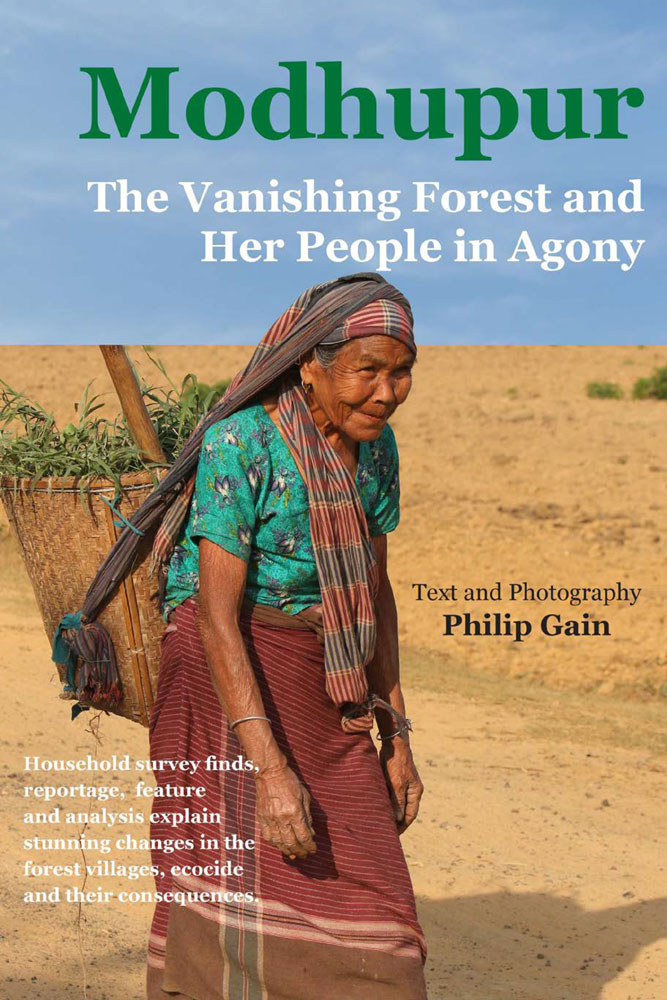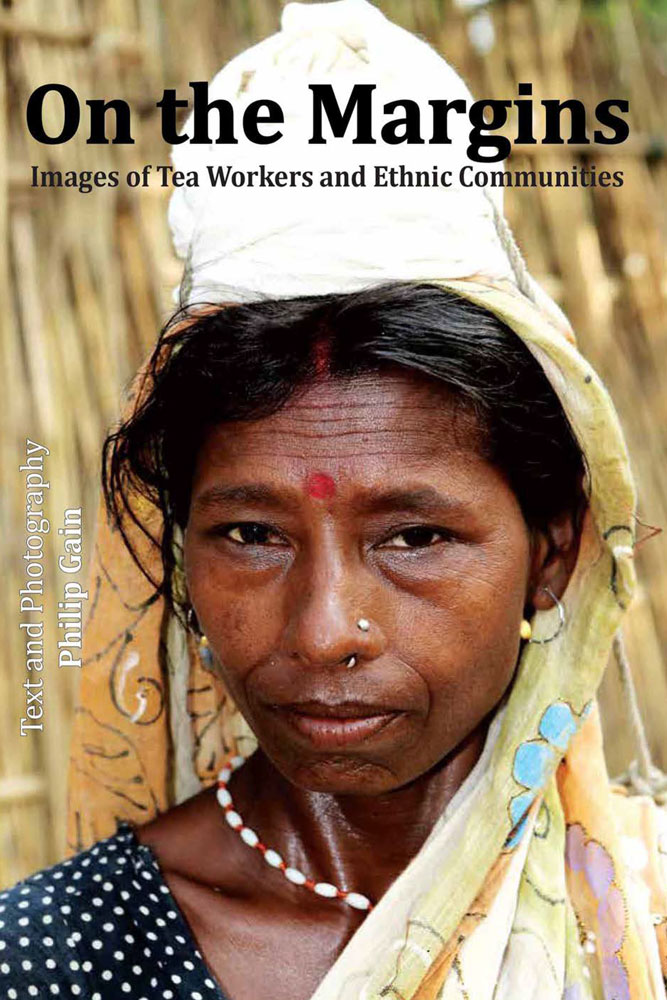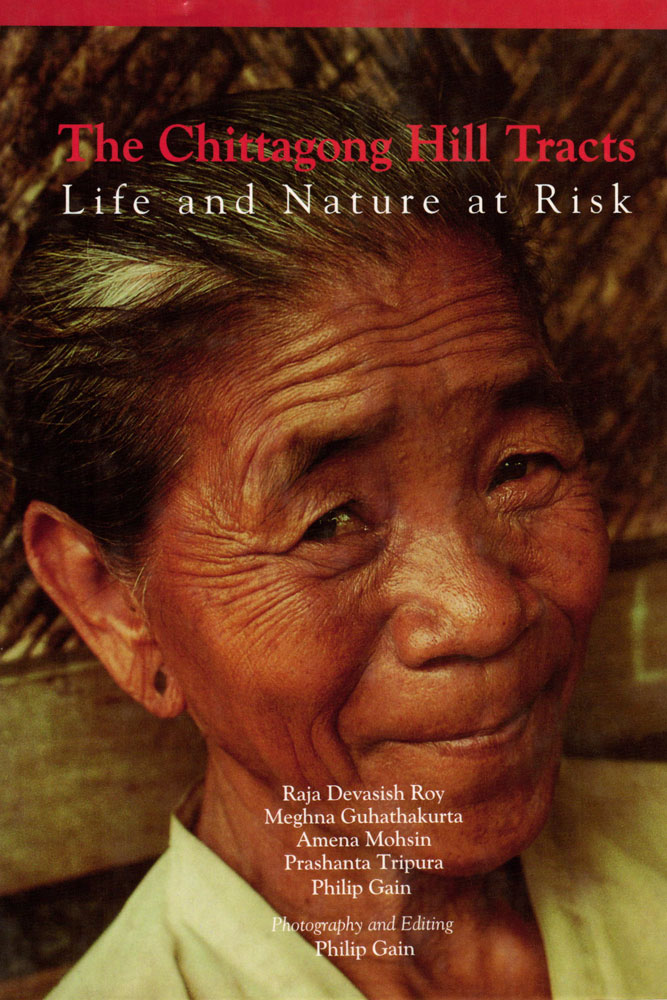Adivasi
Ethnic Communities
According to the latest official list (last updated in a gazette on Khudra Nri-gosthi Sangskritik Pratisthan Ain 2010, on 23 March 2019], the number of ethnic communities stand at 50 (11 in the CHT and 39 in the plains). The 11 ethnic communities that inhabit the Chittagong Hill Tracts (CHT) are Chakma, Marma, Tripura, Lushai, Bawm, Pangkho [also spelled as Pangkhua or Pangkhu], Mro, Khumi, Chak, Khyang and Tangchangya. Ethnic communities on the official list (outside the CHT) are: Bormon, Dalu, Garo, Hajong, Khasi, Koch, Kol, Monipuri, Munda, Oraon, Pahari/Malpahari (Paharia), Rakhine, Santal, Bagdi/Bakti, Banai, Baraik/Boraik, Bhuimali, Kharia (only in tea gardens), Bhumij, Ganju, Gorait, Hodi, Kondo (only in tea gardens), Kora, Lohar (only in tea gardens), Mahali/Mahle, Mahato/Kurmi Mahato/Bedia Mahato, Malo/Ghashi Malo, Mushohor, Patro, Rajwar, Shabor, Teli, Turi, Gurkha, Bedia, Ho, Bhil and Kharwar/Kherwar. These plains land ethic communities (outside the tea gardens and CHT) are concentrated in 16 districts in the Northwest, seven districts in the north-centre and two districts in the northeast.
According to SEHD research findings there are a good number of small ethnic groups in the plains not included in the government list. These groups are: Bhuiya, Bindumondol, Buna, Chowhan, Ghatual/Ghatuar, Hajra, Hari, Kadar, Kairi, Kalwar, Karmokar, Koda, Modok, Noonia, Pal (also known as Kumar), Rajbhar, Rajbongshi, Robidas, and Tanti. Besides, there is a community that identified itself as Kshatriya. There are strong evidences that a third of 142,098 Kshatriya families that live in nine districts in the northwest are Koch. The government estimate of the population on the official list would be below two million while SEHD estimates them at around 2.5 millions.
















